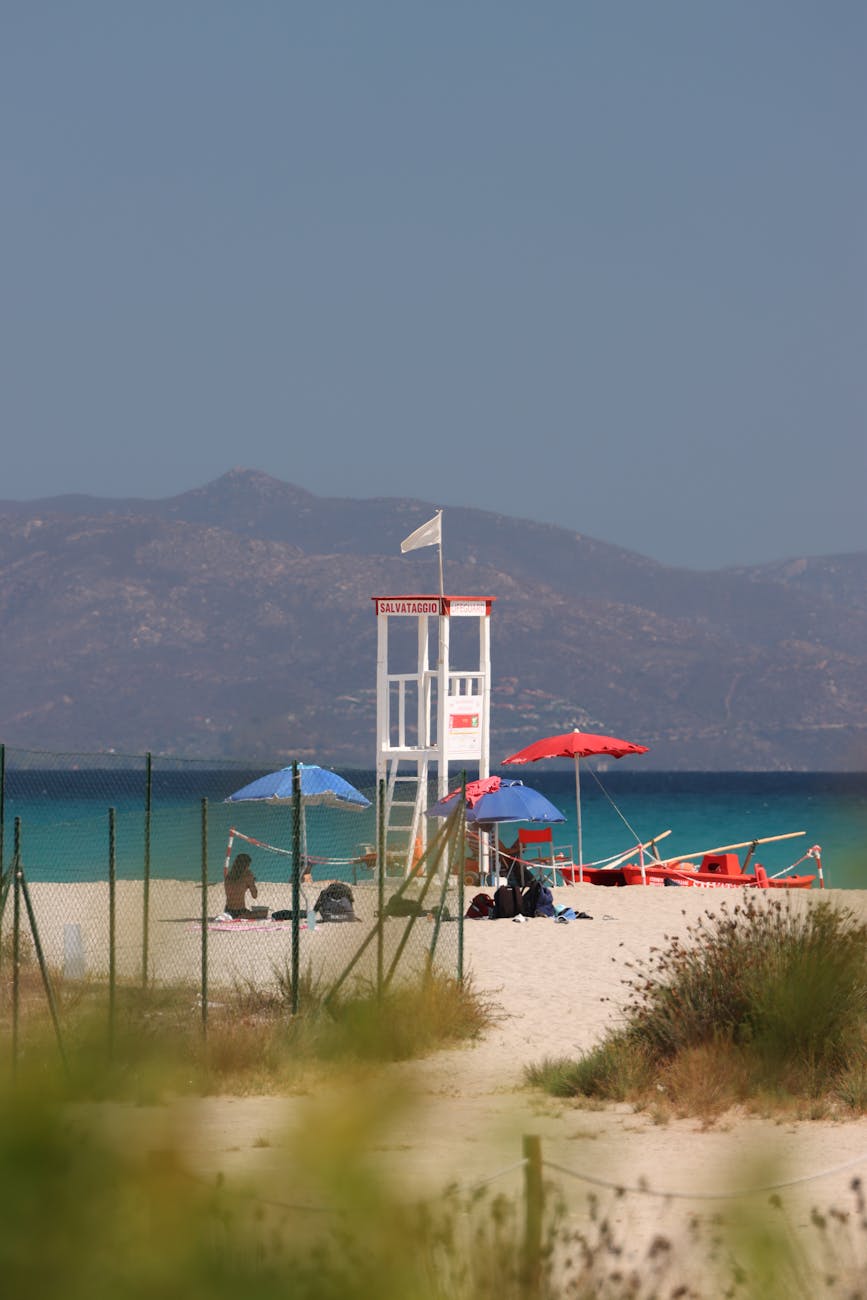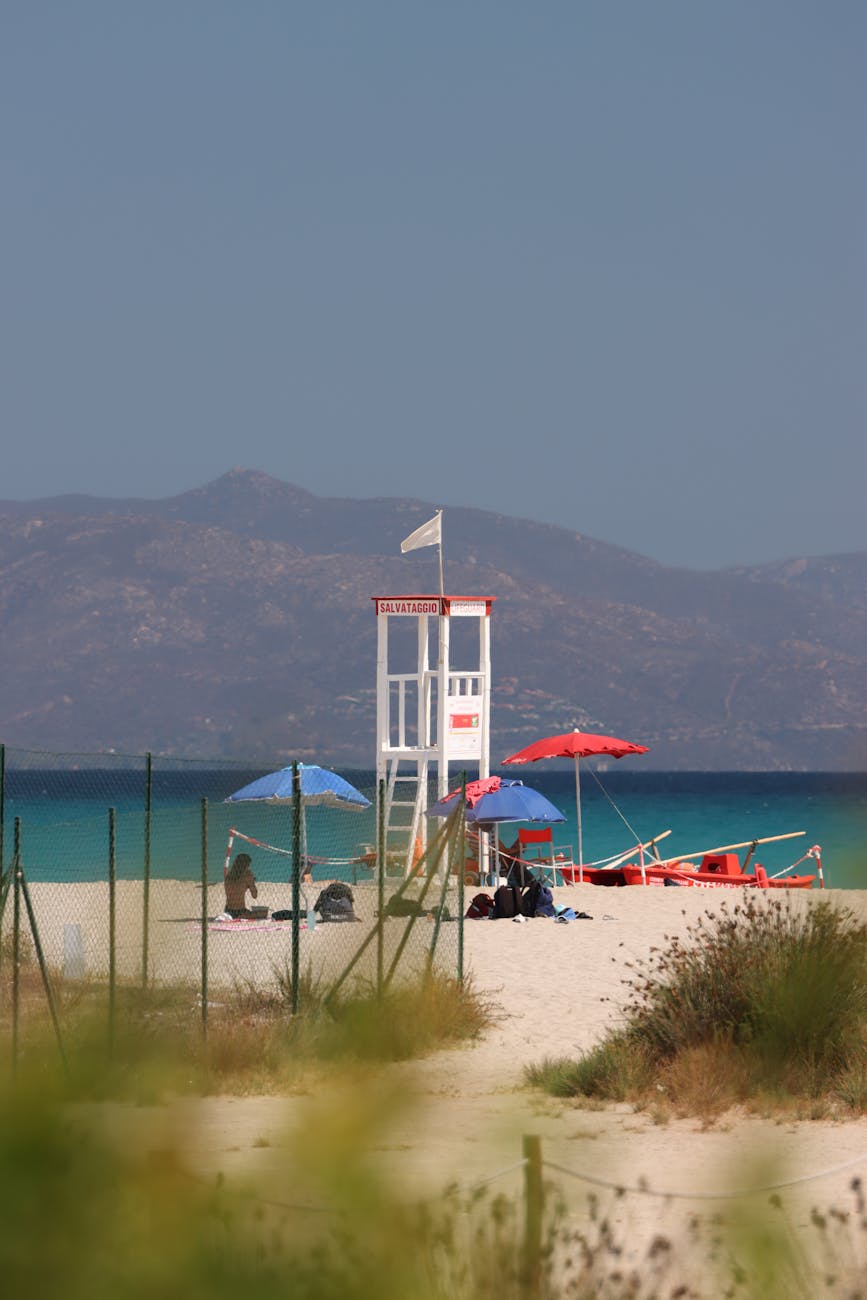Imagine standing on a pristine beach, with crystal-clear waters lapping at your feet and a vibrant sunset painting the sky. Capturing these moments on camera can feel overwhelming, yet with a little guidance, you can transform everyday snapshots into breathtaking island photographs. This post dives deep into expert photography tips that not only enhance your skills but also ensure you nail those jaw-dropping shots every single time.
With insights from seasoned photographers, you will discover essential techniques on lighting, composition, and even the right equipment to carry. Whether you are a beginner eager to learn or an intermediate photographer looking to perfect your technique, these tips will elevate your photography game. Grab your camera—let’s get started on this visual journey!
Lighting can make or break your photographs, especially on an island where natural beauty is abundant. The golden hour, that magical time shortly after sunrise or before sunset, is often regarded as the best time to capture stunning shots. During these moments, the soft and warm tones enhance colors, adding depth to your images and creating an enchanting atmosphere. Always be aware of how the light interacts with the scenery: shadows can create dramatic contrast, while brighter areas can highlight specific features of the landscape.
Utilizing additional tools such as reflectors can further manipulate lighting conditions. A simple reflector can bounce light back onto your subject, illuminating details otherwise lost in shadow. Experimenting with different angles and distances can yield impressive results as well, so don’t hesitate to be creative. Ultimately, being aware of lighting conditions will transform how you view and capture the world around you.
Once you’ve conquered lighting, the next layer of crafting stunning photos lies in composition. Using the rule of thirds can significantly enhance the balance of your shots. Imagine dividing your frame into nine equal segments with two horizontal and two vertical lines; placing your subject along these lines or at their intersections can draw the viewer’s eye immediately to the focal point. This method introduces harmony and interest, inviting your audience into the scene rather than overwhelming them.
Don’t shy away from breaking conventional rules, either. Play with leading lines, symmetry, and negative space to create a sense of depth in your images. For instance, capturing a winding path leading to a distant beach can evoke a natural curiosity about what lies beyond. A well-composed shot can narrate a story on its own, allowing viewers to feel as if they are stepping into another world—your world.
While the skill of capturing phenomenal images is vital, using the right equipment complements your efforts. You don’t need the latest and most expensive camera to create stunning island photos. Many stunning shots are taken on smartphones, which are equipped with advanced camera technology. Also, consider investing in a versatile lens if you are using a DSLR or mirrorless camera. A wide-angle lens broadens your field of view, ideal for landscapes, while a telephoto lens allows you to capture details in the distance.
Additionally, tripods and stabilizers can drastically improve the quality of your images, especially in low-light conditions. You can set up long exposure shots for silky-smooth waterfalls or flowing seas. Have fun experimenting with different settings to determine what works best for your style and subject matter. The right tools enable you to express your creativity in remarkable ways, turning fleeting moments into timeless captures.
Timing, both in terms of the time of day and the moments you choose to capture, is crucial in photography. As previously mentioned, the golden hour provides unparalleled lighting conditions, making it an essential time for photographers. But there’s more—understanding the rhythm of island life can also lead to remarkable pictures. Being aware of seasonal changes or local festivities can enrich your portfolio with vibrant events and stunning natural occurrences.
Observation is key here; you want to be there at the right moment, whether it’s capturing surfers riding waves or the local community celebrating a traditional festival. It requires patience and often, lots of waiting, but the payoff is well worth it when you come away with images that not only showcase the island’s beauty but also tell a vibrant story about its culture and scenery.
Once you’ve captured your incredible island scenes, it’s time to enhance those images through post-processing. This is where the magic often happens, turning good photos into extraordinary ones. Familiarize yourself with editing software such as Adobe Lightroom or Photoshop. These tools allow you to adjust exposure, contrast, and color balance, ensuring your images truly reflect the stunning scenery you’ve experienced.
Additionally, consider applying filters sparingly to enhance mood without overdoing it. Gradually building your editing skills will allow your unique style to emerge, setting your work apart from the norm. Remember, your edits should complement your photography intention; aim for authenticity, ensuring that the final product captures the essence of the moment rather than altering it beyond recognition.
Photography, especially in breathtaking locales like islands, is a delightful way to engage with the world around you. By mastering essential photography aspects—understanding lighting, composing striking images, selecting the right equipment, timing your captures, and honing your editing skills—you can unleash your creative potential. Each moment on an island is an opportunity waiting to be captured, regardless of skill level or equipment. Embrace your adventures as a canvas for storytelling through images that resonate with you and others.
As you embark on this exciting visual journey, remember that practice makes perfect. Continually challenge yourself to improve and experiment; even small shifts in technique or perspective can yield incredible results. Your unique perspective will shine through your photography, inspiring others to see the beauty of this world through your eyes.
- What camera settings are best for island photography? Ideal settings often include a low ISO, a wide aperture for depth of field, and a shutter speed that captures motion without blurring.
- Do I need a DSLR to take great photos on an island? No, many stunning photos are taken on smartphones. What’s most important is understanding composition and lighting.
- How can I make my photos stand out? Focus on unique angles, interesting subjects, and use post-processing techniques to enhance the images while maintaining authenticity.
Image Credit: Pexels





